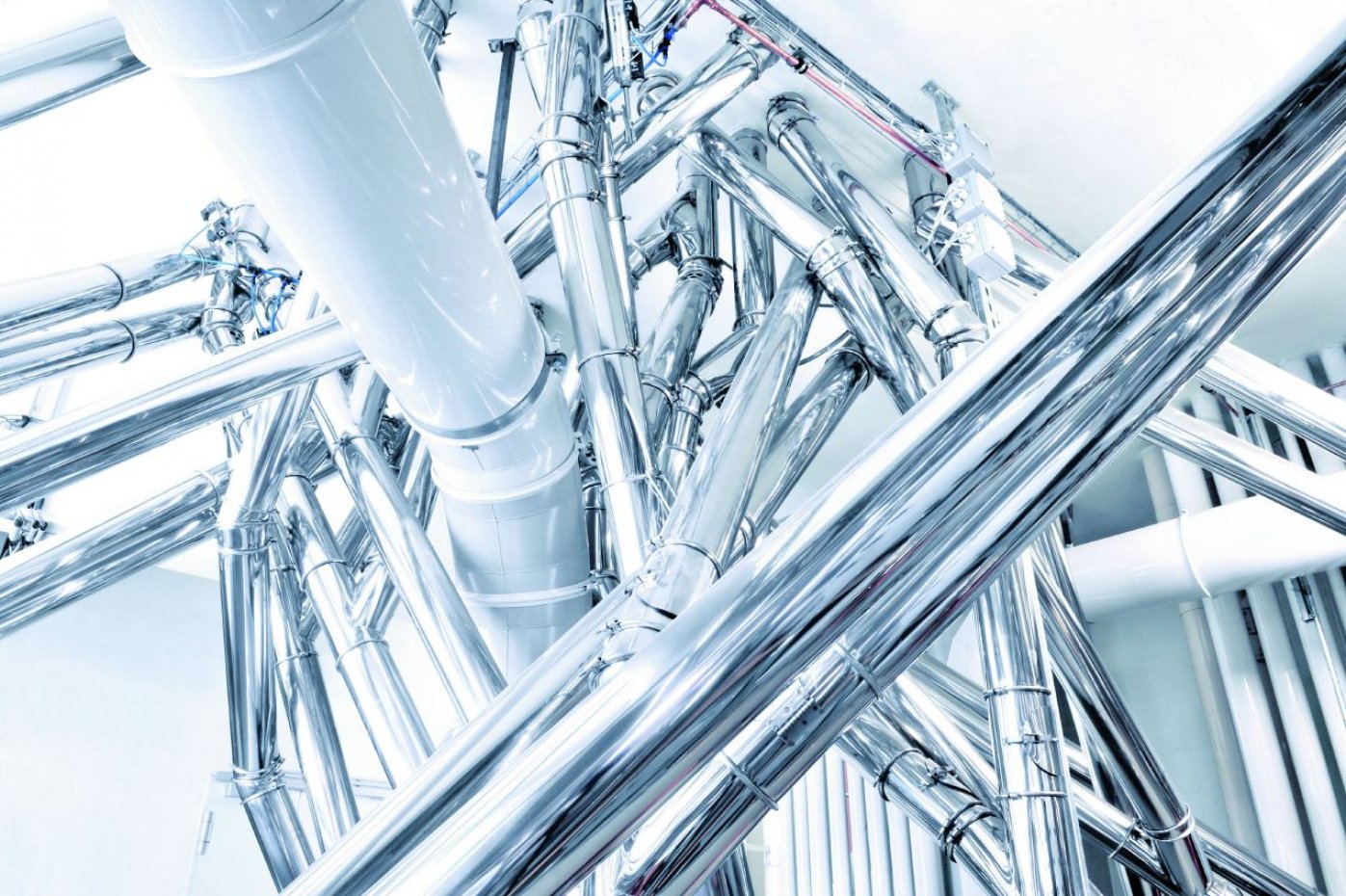Food losses are close to zero in a flour mill
Food losses and food waste
When food waste refers to food being discarded and occurs at retailing and consumption level, food losses are mainly caused by inefficiencies in the food supply chain.
In the light of experience, flour millers do not consider that European consumers waste wheat flour.
Resource efficiency in the flour milling process
Resource efficiency is a cornerstone for the European flour milling industry, which has a long tradition of valorisation of agricultural raw materials to produce food, feed and non-food products. Food losses are therefore close to zero within our activities and have reached a technical optimum.
Basically, a kernel of wheat consists of three parts, two of which can be considered co-products of the milling process:
• The bran is the outer covering of the kernel and is high in fiber
• The germ is the inmost share of the kernel and is high in fat
• The endosperm makes up the bulk of the kernel and is high in proteins and carbohydrates
• Whole wheat flour uses all parts of the kernel, but white flour uses only the endosperm
• Bran removed during milling is frequently added to breakfast cereals and baked products for it is regarded as an excellent source of fiber. It is also widely used in animal feed
• Wheat germ removed during milling is often used as a food supplement or as a source of edible vegetable oil. It can also be used for feeding animals.
Enhancing the value of wheat bran
Bran removed during milling is frequently added to breakfast cereals and baked products for it is regarded as an excellent source of fiber. It is also widely used in animal feed.
The EU-funded ValBran project also aims to develop novel techniques for enhancing the value of wheat bran derived from flour mills. The main objective is to develop biotechnological and green chemistry pathways for the production of high added-value surfactant molecules with low environmental impact.

